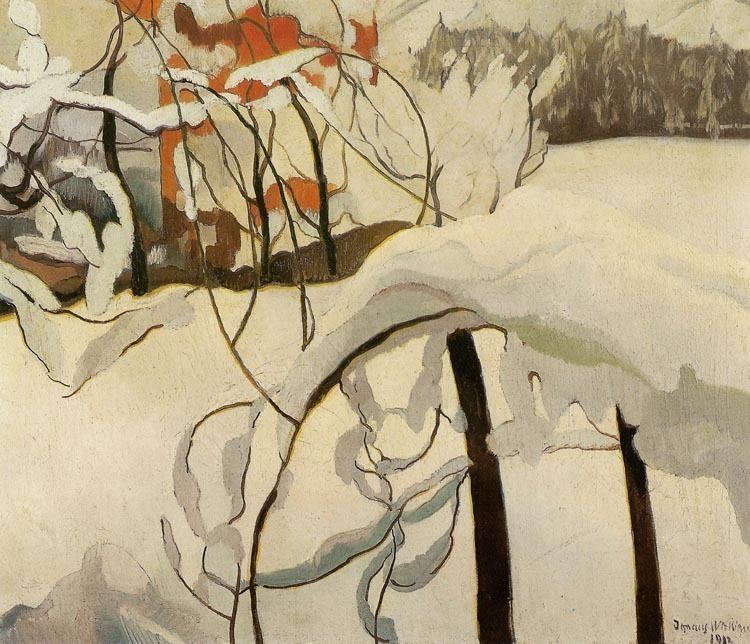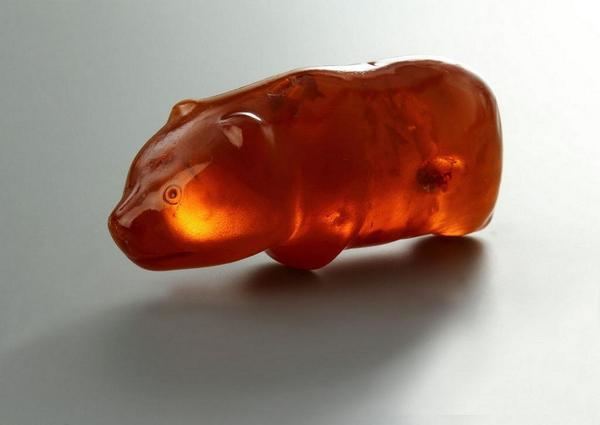Country Poland Population 96,871 (2010) Area 43.15 km2 | Founded 10th century Mayor Robert Biedron | |
Slupsk [swupsk is a city in the Pomeranian Voivodeship, in the northern part of Poland. Before 1 January 1999, it was the capital of the separate Slupsk Voivodeship. It is also a part of the historic region of Pomerania.
Contents
- Map of Slupsk
- Gypsy germanypl slupsk old pics 3of7
- Name
- Geography
- History
- Culture
- Economy
- Lost scene 1 fast food restaurantwicio solo popping krump
- References
Map of Slupsk
The city is located in the northwestern part of present-day Poland, near the Baltic Sea on the Slupia River. It is the administrative seat of Slupsk County, although it is not part of that county (the city has county status in its own right). It has a population of 98,757 and occupies 43.15 square kilometres (16.66 sq mi), being one of the most densely populated cities in the country according to the Central Statistical Office. The neighbouring administrative districts (gminas) are Gmina Kobylnica and Gmina Slupsk. There is ongoing discussion regarding extension of the city boundaries to include some territory belonging to those two gminas.
Slupsk had its origins as a Slavic Pomeranian settlement on the Slupia river in early Middle Ages, which later became part of Piast Poland. In 1265 it was given city rights. By the 14th century, the town had become a centre of local administration and trade and a Hanseatic League associate. Between 1368 and 1478, it was the residence of the Dukes of Pomerania. In 1648, according to the peace treaty of Osnabruck, Slupsk became part of Brandenburg-Prussia. In 1815 it was incorporated into the newly formed Prussian Province of Pomerania. The city became part of the Peoples Republic of Poland in 1945.
Gypsy germanypl slupsk old pics 3of7
Name
Slavic names in Pomeranian — Stolpsk, Stolpsk, Slepsk, Slepsko, Stolp — and Polish — Slupsk — may be etymologically related to the words slup ("pile") and stolp ("keep"). Two hypotheses regarding the origins of those names exist: one claims that it refers to a specific way of constructing buildings on boggy ground with additional pile support, which is still in use, while the other says that it is connected with a tower or other defensive structure built on the banks of the Slupia River.
Later during German rule the town was named Stolp, to which the suffix in Pommern was attached in order to avoid confusion with other places similarly named. The Germanised name comes from one of five Slavic Pomeranian names of this settlement. The city was occasionally called Stolpe (referring to the Slupia River, whose German name is also Stolpe. Stolpe is also the Latin exonym for this place.
Geography

Administratively, the city of Slupsk has the status of both an urban gmina and a city county (powiat). The city boundaries are generally artificial, with only short natural boundaries around the villages of Kobylnica and Wlynkowko on the Slupia River. The boundaries have remained unchanged since 1949, when Ryczewo became a part of the city. In March 2008, Mayor Maciej Kobylinski put forward a proposal to expand the city limits by incorporating some territory from neighbouring districts.
Slupsk shares about three-quarters of its boundaries with the rural district called Gmina Slupsk, of which Slupsk is the administrative seat (although it is not part of the district). The citys other neighbouring district is Gmina Kobylnica, to the south-west. The Slupsk Special Economic Zone is not entirely contained within the city limits: a portion of it lies within Gmina Slupsk, while some smaller areas are at quite a distance from Slupsk (Debrzno), or even in another voivodeship (Koszalin, Szczecinek, Walcz).
The city has a fairly irregular shape, with its central point at Plac Zwyciestwa ("Victory Square") at 54°27?51?N 17°01?42?E.
History

Slupsk developed from a few medieval settlements located on the banks of the Slupia River, at the unique ford along the trade route connecting the territories of modern Pomeranian and West Pomeranian Voivodeships. This factor led to construction of a grad, a Slavic fortified settlement, on an islet in the middle of the river. Surrounded by swamps and mires, the fortress had perfect defence conditions. Archeological research has shown that the grad was situated on an artificial hill and had a natural moat formed by the branches of the Slupia, and was protected by a palisade. The citys official webpage notes that the area of Ziemia Slupska was part of the Polish realm during the reign of Mieszko I and in the eleventh century
According to the citys webpage, the first historic note about Slupsk comes from 1015 when ruler of Poland Boleslaw I Chrobry took over the town, incorporating it into Polish state. In the twelfth century, the town became one of the most important castellanies in Pomorze besides Gdansk and Swiecie. Historian Roderich Schmidt says that the first mention was in two documents dating to 1227, signed by the Pomeranian dukes Wartislaw III and Barnim I and their mothers, confirming the establishment of Marienbusch Abbey in 1224 and donating estates, among them a village "in Stolp minore" or "in parvo Ztolp", respectively, to that abbey. Another document dated to 1180, which mentions a "castellania Slupensis" and would thus be the oldest surviving record, has been identified as a late 13th-century or 14th-century fake.
The Griffin dukes lost the area to the Samborides during the following years, and the next surviving documents mentioning the area concern donations made by Samboride Swietopelk II, dating to 1236 (two documents) and 1240. In the earlier of the two 1236 documents, a Johann "castellanus de Slupcz" is mentioned as a witness, Schmidt considers this to be the earliest mention of the gard, since a castellany required the existence of a gard. The first surviving record explicitly mentioning the gard is from 1269: it notes a "Christianus, castellanus in castro Stolpis, et Hermannus, capellanus in civitate ante castrum predictum", thus confirming the existence of a fortress ("castrum") with a suburbium ("civitas"). Schmidt further says that the office of a capellanus required a church, which he identifies as Saint Peters. This church is mentioned by name for the first time in a 1281 document of Samboride Mestwin II, which also mentions Saint Nicolai church and a Saint Marys chapel in the fortress. The oldest mention of Saint Nicolai church dates to 1276.
Modern Slupsks website says that the town was probably given city rights in 1265. Schmidt says that city rights were granted for the first time in a document dated 9 September 1310: Brandenburgian margraves Waldemar and Johann V granted Lubeck law, which he confirmed and extended in a second document, dated 2 February 1313. The margraves had acquired the area when Mestwin II accepted them as his superiors in 1269, confirmed in 1273, and kept it after Mestwin IIs death while leaving local rule in the hands of the Swenzones dynasty, whose members were castellans in Stolp. The governors of Stolp had bought Stolpmunde and then built a port there, enabling a maritime economy to develop. In 1368 Pomerania-Stolp was split off from Pomerania-Wolgast. In 1410 Boguslaw VIII gave a tribute to Polish king Wladyslaw Jagiello It became part of the Duchy of Pomerania in 1478.
Culture

Slupsk is the regular venue for a number of festivals, most notably:

For a long time here lived Anna Lajming (1904–2003), Kashubian and Polish author.
Economy
Slupsk has a developing economy based on a number of large factories. The footwear industry has been particularly successful in the region, expanding its exports to many countries.
